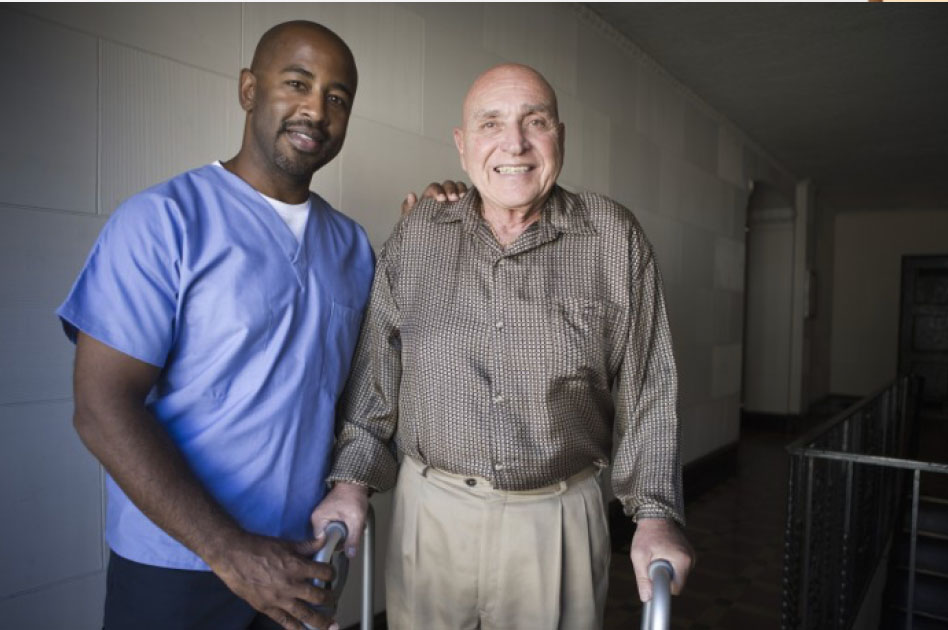Working in aged care, I’m reminded every day that osteoarthritis is the leading cause of decreased function, pain and mobility in the elderly. It affects more than one-third of people over 65, with even greater numbers showing changes on X-ray.
With our ageing population and increasing levels of obesity, arthritis is a growing problem. So how well are we managing it? If I was going to give a school report, I’d have to say we could do better!
Too cautious to cure?
With younger individuals, treatment of knee pain tends to be pro-active, with a multi-pronged approach using NSAIDs, exercise, ultrasound and hydrotherapy to rehabilitate and restore function.
In the elderly, we’re more cautious. Fear of falls, the potential side-effects and interactions of Analgaesia and the high levels of concomitant chronic diseases, too often impair the therapy given. In the aged or frail, we’re just too frightened of doing harm, so we’re not treating the arthritis as well as we could. The previous ACFI demands also encouraged a tick box approach to dealing with pain, meaning that too often we’ve focused on therapies with little evidence base, like TENS.
The way ahead?
But what would work? A Dutch research paper caught my eye. The team looked at adults with knee osteoarthritis and at least one other chronic condition, such as coronary disease, heart failure, type 2 diabetes and COPD- basically the sort of problems that are common in our elderly residents. They found that people showed a fantastic 33% improvement in physical function and mobility after a pretty intense 20-week program of aerobic and strength training.
The program was targeted and adapted to their specific comorbidity. Yes, people with COPD may get breathless on exertion, or those with CHD may suffer angina if pushed to exercise too hard. But instead of totally avoiding activity because of their illness, they were given specific plans with frequency, intensity, type, and time factors that took account of their individual abilities and limitations.
They achieved great results at each assessment stage, with improvements shown straight away and when followed up three months later. An extraordinary 97% noticed immediate benefits. Twelve weeks later physical function had been boosted by a third and the six-minute walking test was better by 15%. But it went beyond that, the participants were also stronger, less tired, more active and less frail. Isn’t that what we want for our patients?
An individual approach
Interestingly, a Cochrane Collaboration review last year looked at the effects of exercise programs on people with knee osteoarthritis. They compared the results of interventions in terms of reduced joint pain, improved physical function and quality of life. They confirmed that land-based therapeutic exercise provided a small to moderate benefit. However, the difference was nowhere near as significant as that achieved by the Dutch team. Maybe the targeting the approach at the specific comorbidity provided the real difference.
Researcher Maria de Rooij supported this theory, saying,
“The beneficial results of the present study can be attributed to not only the high volume and frequency of the exercise, but also to the several adjustments to the exercise program.”
It was reassuring to see that there were no serious problems with illness, injuries or accidents during the exercise therapy. Yes, we need to take care with the frail and elderly but that doesn’t mean just doing nothing. Comorbidity affects between 68% and 85% of osteoarthritis patients, we can’t just dose them up and leave them to gradually lose their function.
Exercise therapy is a valid treatment option for patients with knee osteoarthritis, even if they are severely affected by other conditions. By adapting programs so that they fit their specific needs we really can help ease their pain, increase mobility and allow each individual to age actively.



